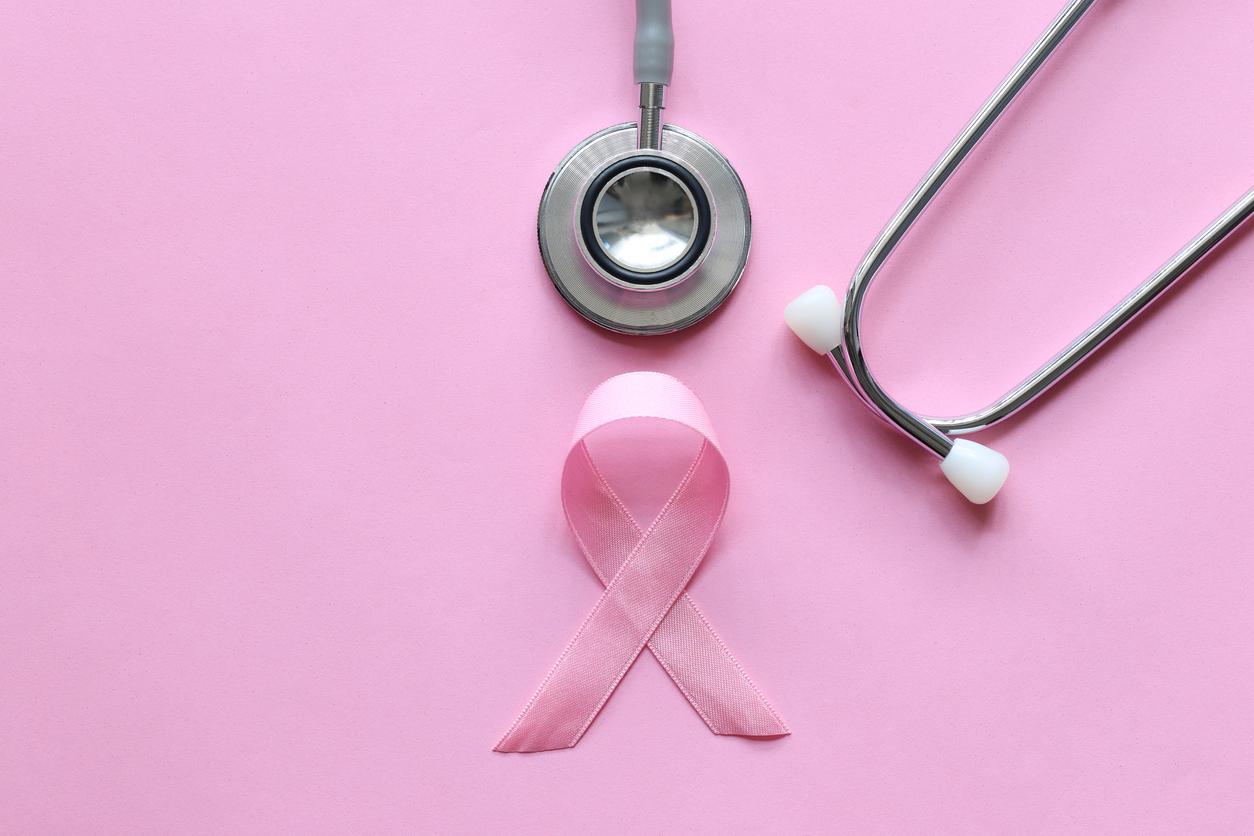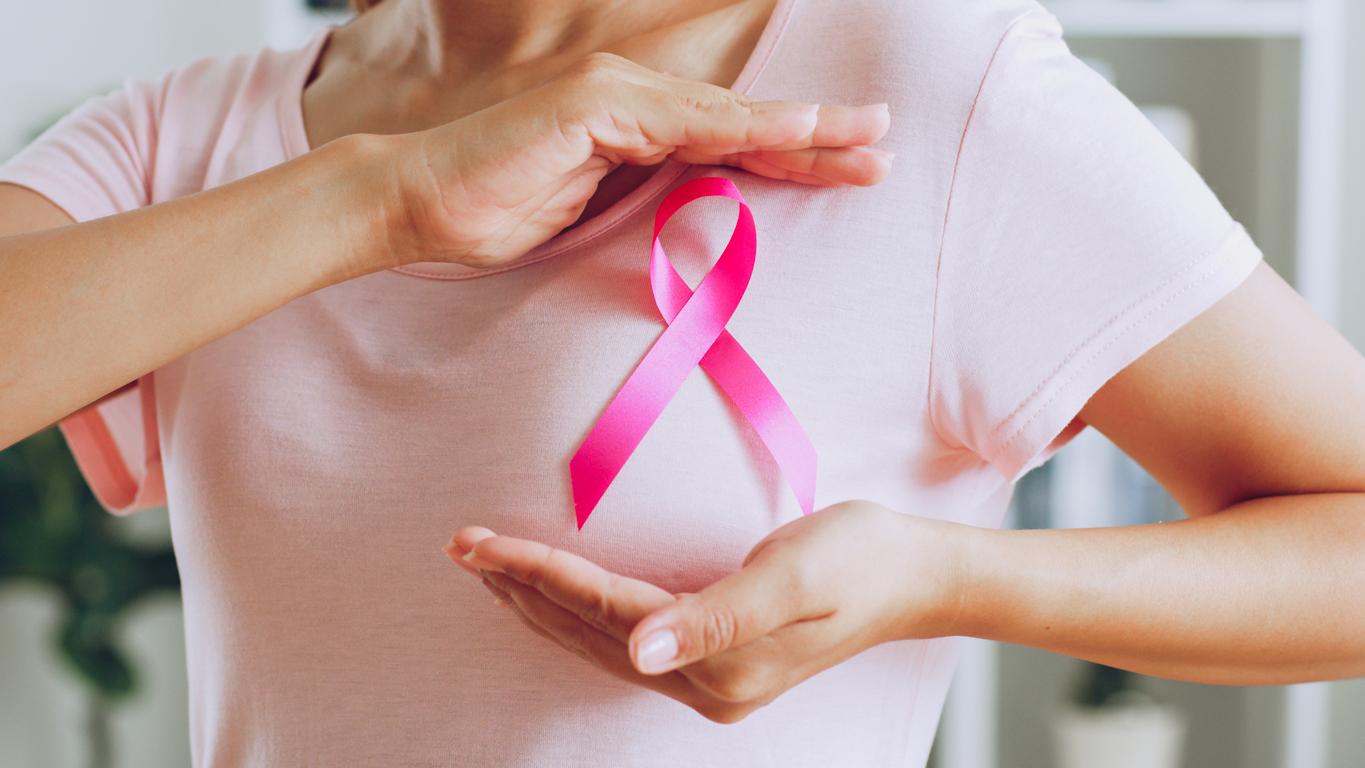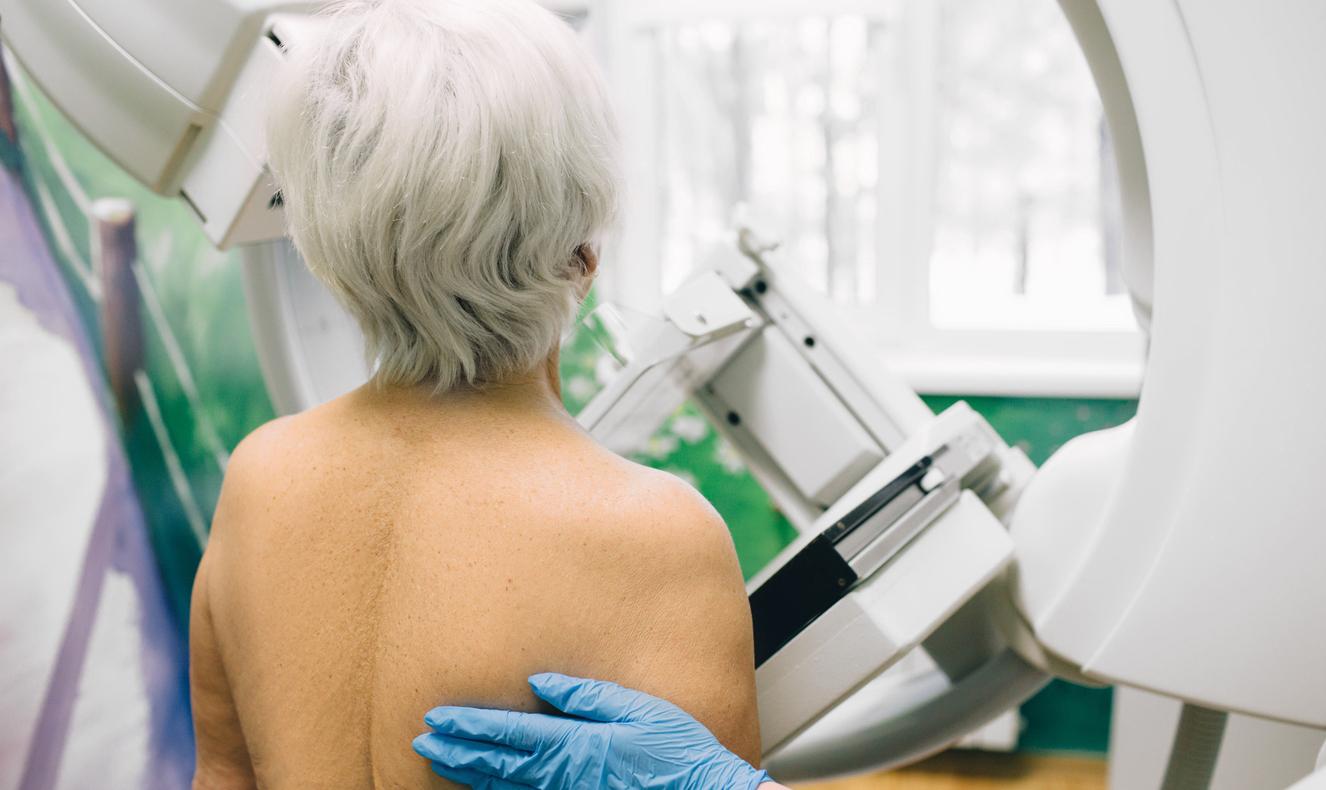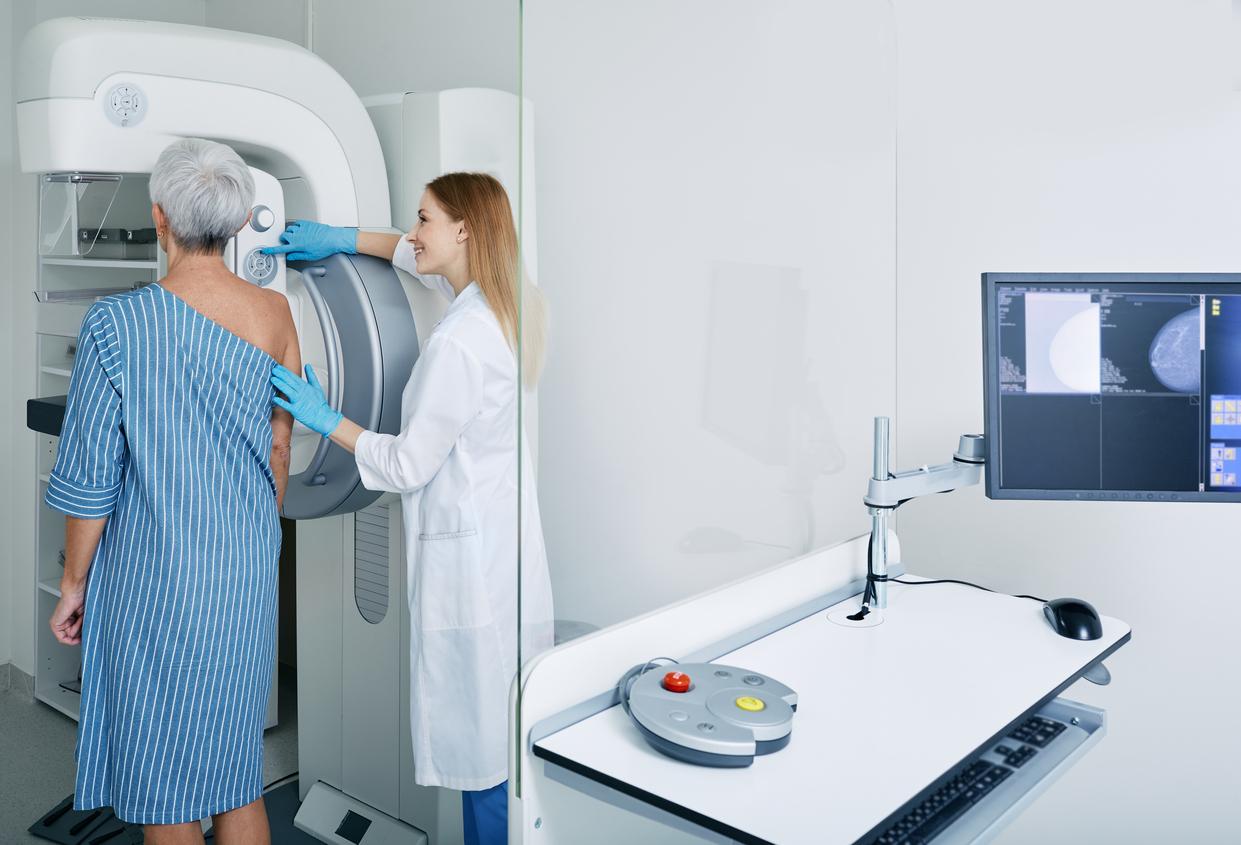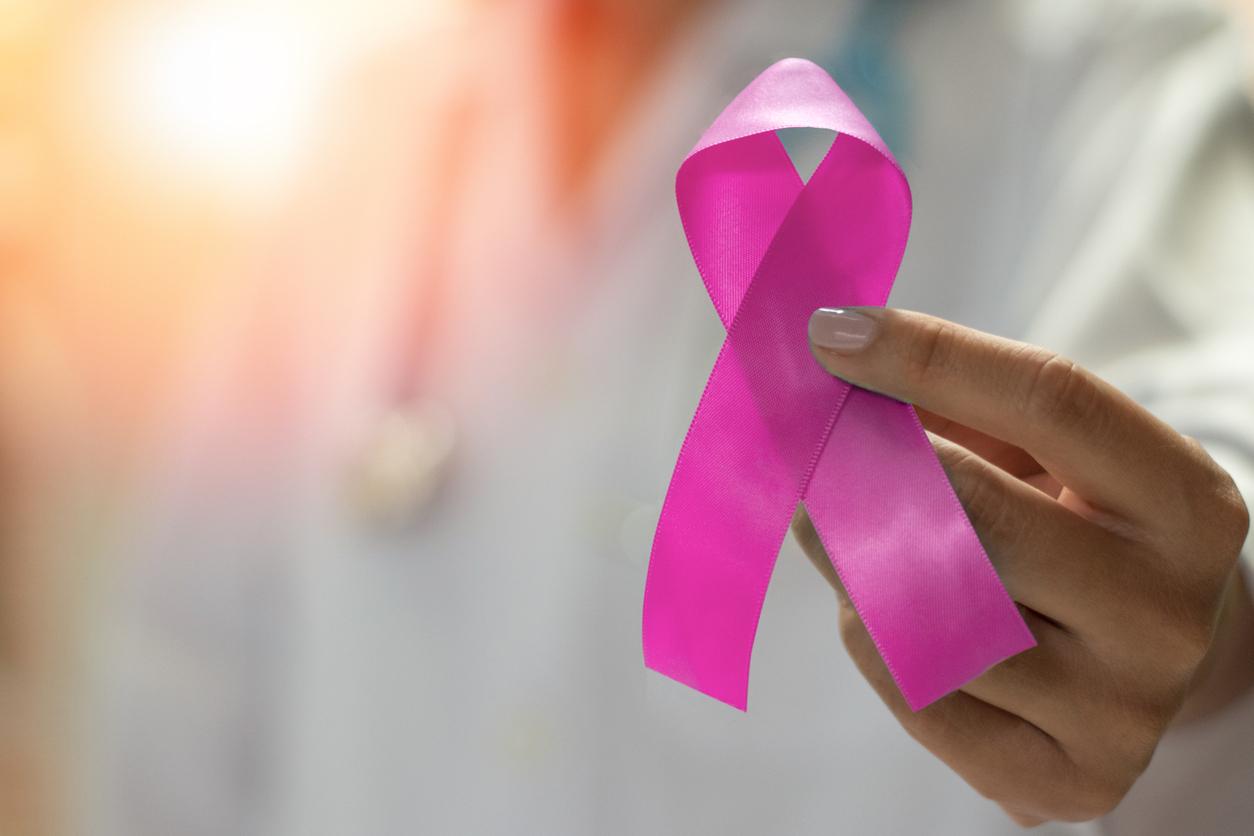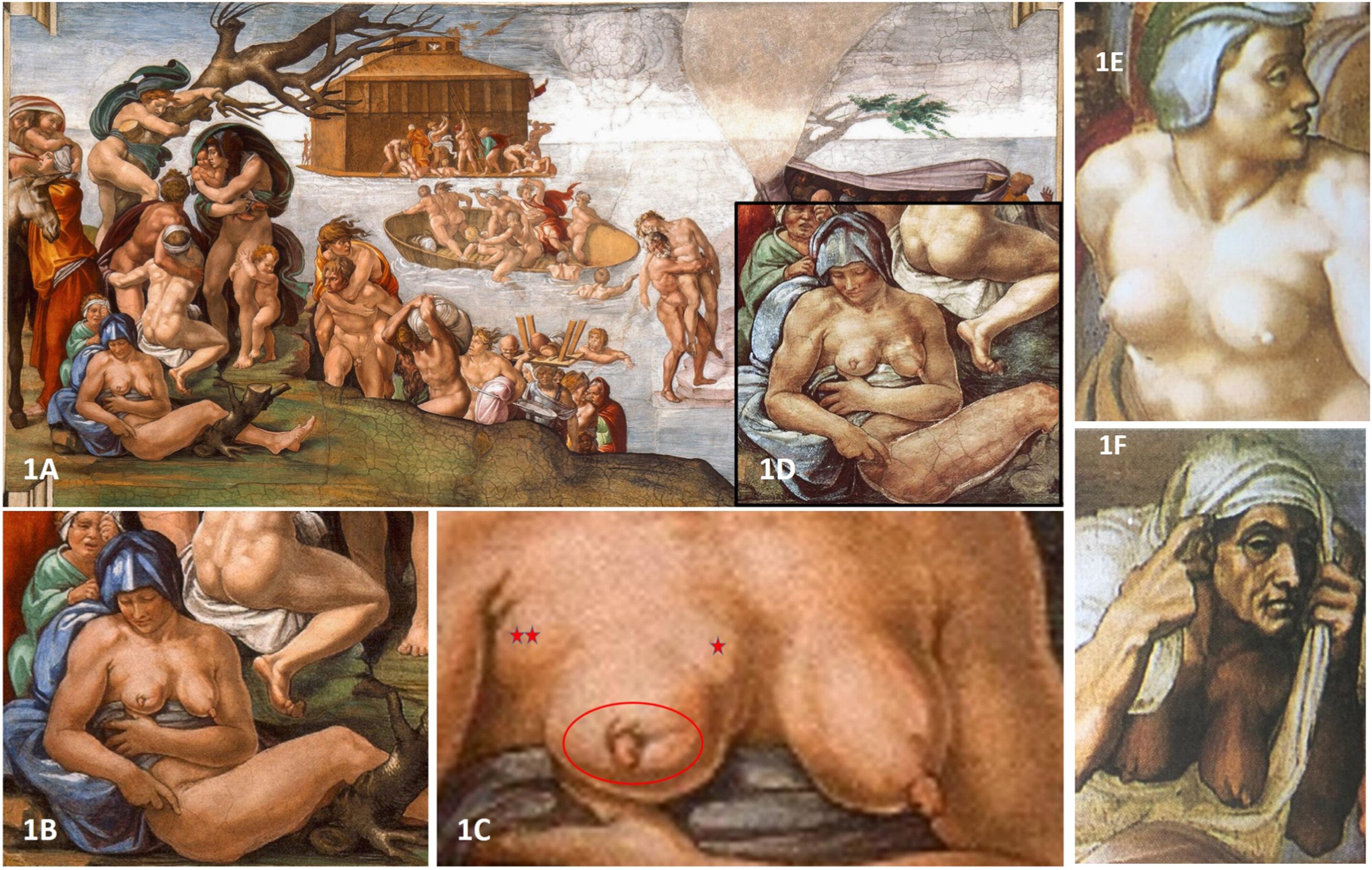The microenvironment of breast cancer cells, that is, the blood and immune cells that are also in the tumor, play a critical role in the response to treatment in some cases. This is what emerges from a new study presented by a team of researchers from Oregon, in the United States.
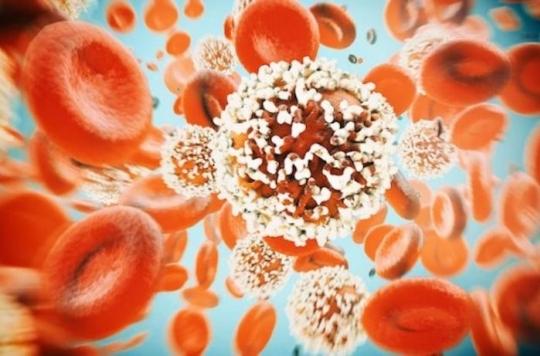
According to Professor Joe Gray “Cancer is a complex mixture of cancer cells, normal blood cells, tissues and immune cells, and the tumor cells themselves alter the microenvironment to secrete elements, which in turn promote growth. growth of cancer cells. “
The results of his work are published in the journal Cell of March 14, 2018.
HER2-positive breast cancer
The researchers focused on a particular type of cancer, namely HER2-positive breast cancer. The latter overexpresses an epidermal growth factor receptor on the surface of its cells, which promotes its growth. This phenomenon is found in 25% of all breast cancers.
They were able to establish that the tumor microenvironment plays an essential role in modifying the therapeutic response within HER2-positive breast cancer cell lines and even confirmed these observations in a mouse model.
The impact of the microenvironment on the tumor
According to Joe Gray, “The microenvironment has an influence on HER2-positive cells which can lead to a disconnect between the way cells behave in simple cell line models and in female patients. “
In practice, the researchers analyzed different interactions within the microenvironment and how cells reacted in the presence of two targeted drug treatments: lapatinib and neratinib. Using cell lines derived from human tumors, they tested approximately 2,500 combinations of microenvironmental proteins to determine how they modify the cellular response of the two targeted therapies.
The researchers explain that future clinical studies are needed to test the possibility of targeting resistance factors in the microenvironment, for example. They specify that their objective is now to develop therapeutic strategies that are more durable and tolerable for patients.

.







